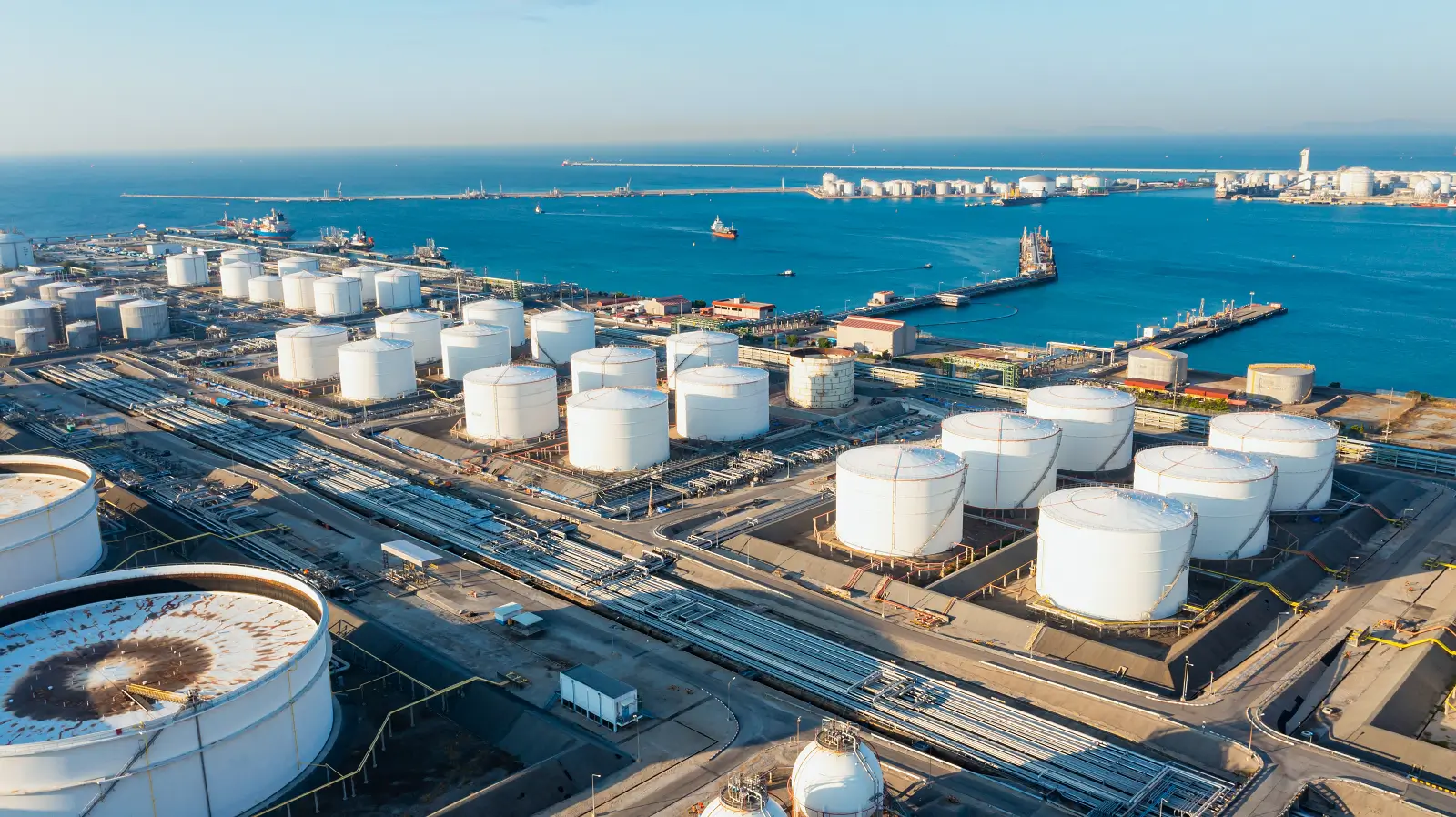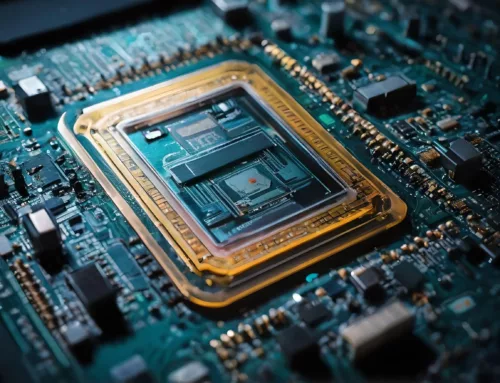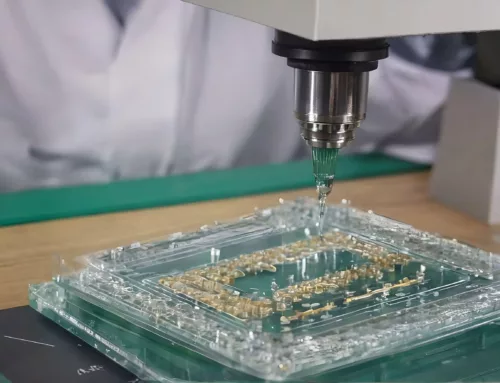The need to pay closer attention to improving manufacturing efficiency and product quality is critical in an ever-growing competitive market. Global demand for innovation and better-quality products is increasing. One of the primary steps is to analyze proper facility design and how that impacts production. Millions of dollars are invested in facility improvements and equipment to increase production, adhere to safety regulations and reduce costs. It is a given, that production stoppages cost a company thousands of dollars a day. Statistics have shown that 80% of production facilities experience downtime throughout the year and on average have roughly 15 hours of equipment stoppage per week. Especially with our current market, its recession, and inflation. The ramifications of downtime to a company are too damaging to risk regular equipment failure and downtime.

However even with millions invested, facility stoppage is still prevalent and won’t go away anytime soon, it is a problem that every production facility faces. Many factors affect and influence powder flow. Unexpected variables that are outside of an operator’s or site manager’s control can cause a temporary system shutdown. Primary factors such as particle shape, size, porosity, and cohesiveness play an important role, but system failures and setups also have a profound impact on overall facility operations, stoppage, and downtime.
That being said the powder stoppage can be minimized with the proper attention to design and operations. A stoppage is annoying, wastes time, and costs money, not only in production but also in equipment repair and parts. Employers also need to deal with employees who are unproductive during a stoppage and still need to be paid.
Facility Design
From the very beginning when designing a new manufacturing facility it is vital to think about the steps needed to process efficiently; how the powdered materials are delivered to the facility, where it is being stored, what method of storage is being used, and how is it moved and processed from one stage of the production to the next. The design plan and flow of the bulk material need to be as efficient and logical as possible.
For example, how will different powdered ingredients be blended, and how are they dried, and packaged? At what stages is quality control taking place, what machinery is needed, is it easy to keep clean, conduct maintenance, etc.? When designing a powder processing plant, you must deal with mechanical equipment and powder-related issues. A lot of times logical setup is overlooked at the design stage and only realized once the plant opens and processing starts. Hence it is paramount to put effort into the design and make sure it is a logical and efficient setup.
Powder related stoppage
Many variables come into play when processing powders and stoppages have many causes. For example, to name a few. Dust in any open processing facility can cause explosions or be a fire hazard, Dust will incur a loss due to unnecessary powder wastage, pose health hazards, and cross-contamination if another product that is produced nearby and dust is also messy, it needs to be regularly removed and cleaned which cost extra labor, money and time that would be better spent on quality product production and minimal powder waste.
Spray drying is an important stage in powder formulations and is prone to stoppage. Proper operating spray nozzles are crucial for proper powder formulation, quality, and consistency. When spray nozzles don’t function as intended, it can cause particle buildup and alter powder formulation which will cause other problems downstream such as final product quality and consistency.
Another powder flow problem occurs when cohesive powder particles interlock and compact due to their mass (rat holing). This hampers proper flow. The powders cake in corners, on the walls of silos, bins, hoppers, containers, or around mechanical slide or butterfly valve mechanisms. Powder segregation, percolation, and shear forces affect the overall uniformness of the powder quality, it happens in hoppers when smaller particles affected by the vibrations and shaking, move their way down into the void spaces between other particles of different sizes. This results in finer material at the bottom and larger particles at the top. Varying shape, density, and size morphologies are common causes of powder segregation in bulk particle transportation. These are but a few examples of powder processing issues aside from the pure mechanical-related stoppages.
Mechanically related stoppage
There are so many things that can go wrong with machines, processing plant machines are complex and are built up of many moving parts. Proper servicing maintenance is important for equipment longevity and proper operations. Related issues with equipment failure and the resulting stoppage could be, severe machine breakdown, tooling failures, unplanned repairs due to mismanagement or lack of service and forced maintenance stops,
The equipment needs regular servicing which, if not planned properly will cause production downtime and stoppage. Equipment setup, adjustments, idling, cleaning, machine changeovers, tooling adjustments, inspections, planned maintenance, machine warm-up, or setup time are all needed but can be minimalized if planned correctly and if equipment servicing is done regularly and production processing is monitored to prevent any stoppages from happening productivity will increase.
The overall powder flow operations can also be slowed down by a reduction in speed due to adjustments, clogging, minor repair, or bad unmaintained equipment that cannot handle the design speed due to wear and tear of moving parts, lack of proper lubrication, overheating, or non-OEM parts with lower tolerances is another area that needs to be taken into account. Fixing powder-related stoppages take time, cost money in production losses, it costs money on labor and or spare parts to repair equipment or remove blockages. Operators will use hammers mallets and rods to free up material, in hoppers, bins, impeller funnels, valves, etc. This can damage equipment or the product, pose contamination problems, and stop or slow down processing.
Conclusion
The manufacturing, handling, and processing of powders present a variety of technical challenges. Different powders, their characteristics, and processing methods determine which equipment is best suited for the task. A smart facility design and well-maintained equipment with a good understanding of how powders behave when interacting with other particles and equipment design will result in less stoppage and facility downtime. OEE is an industry-standard and Stands for (Overall Equipment Effectiveness), it is a manufacturing metric and measures productivity for any production facility in any industry. It is a tool to assess equipment, product availability, performance, and overall quality. It can help improve production speed, and product quality and reduce downtime. A lot can be done to improve a facility’s general operations.




